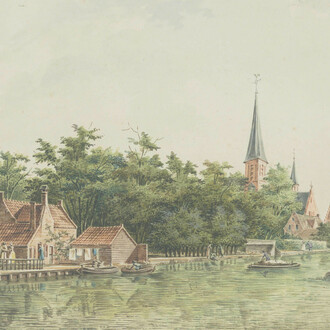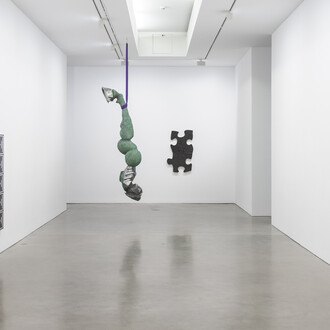Spaciously presented across more than 2,000 square metres in Hamburger Bahnhof’s Rieckhallen, the group exhibition Magical Soup features key works complemented by loans representing the latest generation of artists, with a common point of departure being the nexus of sound, image and social space.
Music has the power to create imaginary worlds. Sound can be used to physically shake space. And images can evoke auditory spaces that extend beyond a canvas or screen. The group exhibition explores the relationship between hearing, seeing, and the experience of socially shaped space. On display are media art pieces, installations and works on paper dating from the 1970s to the present. Geographical, social and imaginary spaces are negotiated on the basis of music, sounds, noises, and voices, and their notation or visual implementation.
The works range between precise observation, radical self-expression, and deliberate deconstruction of identity. They propose alternate perspectives on a constantly shifting reality and previous assumptions about actuality.
The Nationalgalerie has one of the most extensive museum collections of media art in Europe. Its holdings of important historical video art have been supplemented over the last few years by exceptional time-based works of recent origin. Magical Soup brings together works by the media art pioneers Nam June Paik, Jochen Gerz, Charlemagne Palestine, Ulrike Rosenbach and Keiichi Tanaami; by the multimedia artists Nevin Aladag, Stan Douglas, Cyprien Gaillard, Douglas Gordon, Rodney Graham, Dmitry Gutov, Anne Imhof, Joan La Barbara, Pipilotti Rist, Diana Thater, Lawrence Weiner, Nicole Wermers and David Zink Yi; and by the younger artists Korakrit Arunanondchai, Trisha Baga, Dineo Seshee Bopape, Christine Sun Kim, Sandra Mujinga and Sung Tieu.
The exhibition is accompanied by a publication with texts by Anna-Catharina Gebbers, Chloe Stead and Jessica Lauren Elizabeth Taylor.
















